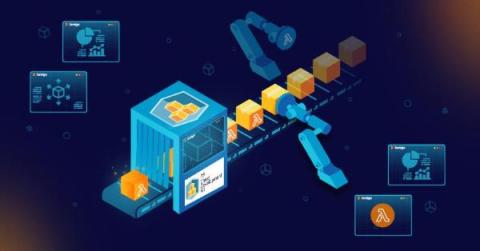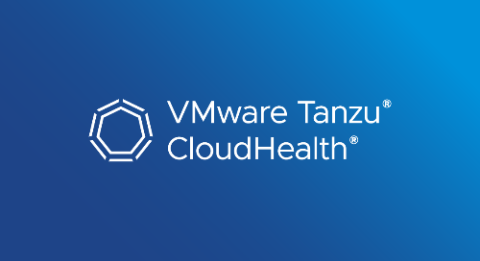Auto-Instrumentation with the AWS CDK
As a developer I love automation, Whether it’s orchestrating a smart home or optimizing developer toolchains. Automation injects efficiency into my daily routine, simplifying intricate processes and eliminating repetitive tasks. Especially when it comes to toolchains, I’m constantly on the lookout for ways to boost coding workflows. Cloud Development Kits (CDKs) brought with them a new era of streamlined developer toolchains.











